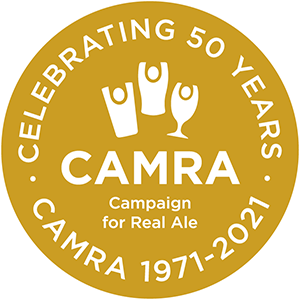Cafe Royal
Edinburgh & The Lothians - Edinburgh
Three star - A pub interior of outstanding national historic importance
Listed Status: A
19 West Register StreetEdinburgh
EH2 2AA
Tel: (0131) 556 1884
Email: info@caferoyaledinburgh.com
Website https://www.caferoyaledinburgh.com
Facebook https://www.facebook.com/CafeRoyalEDN
Real Ale: Yes
Lunchtime Meals: Yes
Evening Meals: Yes
Nearby Station: Edinburgh
Station Distance: 209m
Public Transport: Near Railway Station (Edinburgh Waverley) and Bus Stop
Bus: Yes
View on: Whatpub
Other magnificent displays of tiled paintings can be found at Mountain Daisy, Sunderland, Tyne & Wear; General Havelock, Hastings, East Sussex; Central Bar, Leith, Edinburgh, Scotland; Rose Villa Tavern, Hockley, Birmingham; St James Tavern, Soho, London W1;Dolphin, Hackney, London E8; andGolden Cross, Cardiff, Glamorgan, Wales.
Beyond a 1901 ornately carved walnut screen with a number of bevelled and engraved mirror panels by John Taylor & Son of Princes Street lies the Oyster Bar. Three of the tiled murals are in this upmarket restaurant along with eight superb large stained glass windows of British sportsmen by Ballantine & Gardiner. It still retains the original counter of red marble, and there are small tiled panels on the bar front and behind the bar. Other features of note are the grey and white diamond-shaped marble tiled floor, a rich scrolled frieze, an elaborate ceiling with gilt embellishments, a revolving door installed in the 1920s and fine original fittings in the gents' downstairs, approached by a marble staircase. The three tiled murals in the restaurant are of 'Louis J. M. Daguerre, scene-painter & Joseph Nicephore Niepce joint discoverers of photography', also two designed by Esther Lewis of a Liverpool paddle steamer and the Cunard liner Umbria, which was built in the Govan shipyard on the Clyde.
 Pub Heritage
Pub Heritage 